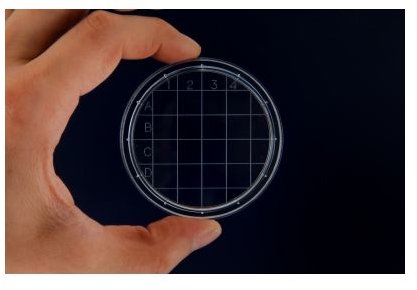Material Science: The Science of Materials Engineering & Material testing
The field of study known as materials engineering is an interdisciplinary field. This involves the study of properties of matter and how it would be applied.For engineers, material testing is a crucial process as it aims to produce and determine the right kind of material for a given job. Whether designing a machine or a structure, the integrity rest on how well the material composing it performs. Performing material strength tests have become a part and parcel of the modern day construction and manufacturing processes. In USA, material testing is a mandatory part of the manufacturing an construction business. Especially for the public sector or machinery for public use, material testing becomes even more important. The final product must be made of the material that was approved after testing and if that is not the case, the concerned manufacturer or company can be booked under the law. Material testing also ensures quality of work because an approved material will be strong, durable, reliable and resistant to the conventional modes of failures. Test methods in the areas of admixtures, geotextiles, aggregates, soil, and steel materials are conducted in construction and manufacturing industries. Testing adds a reference point in the manufacturing process and any errors can be corrected by comparing with the reference point.
Material Properties and Classification
The properties of any materials are the result of its microstructure or how its atoms arrange themselves. Depending on these atomic arrangements, a material could be classified as one of the seven broad groups; metals, ceramics, polymers, semiconductors, intermetallics and composites.
When a material is classified as metals, it is a material of high strength and stiffness, very conductive, ductile and shock resistant. Ceramics are compounds of metal atoms bonded together with a nonmetal. The resulting material is very strong yet brittle and is a very good insulator. Polymers on the other hand are compounds of large molecules composing of smaller molecules. They don’t have the strength of metals or ceramics but is a good insulator, lightweight and resistant to corrosion. Semiconductors are substances with conductivity in between conductors and non conductors while intermetallics are compounds with two or more elements that produce a new material. Lastly composites are produced when two materials are combined.
These material, although different displays properties either mechanical or physical; the mechanical properties are the strength, brittleness and fatigue of a material while physical properties is more on the physical behavior of a material such as electrical conductivity.
Testing of Materials
Apart form knowing a material’s composition and behavior, the next step is actual testing of the material’s integrity. In terms of mechanical property of the material, its strength, brittleness and fatigue must be determined.
A material is said to be strong when it could resist a certain amount of load. During a test it is subjected to stress, which is the amount of load applied which could then result to strain the amount of deformation. With a small applied stress the material could go back to its original shape like a rubber band once the applied load is removed. This type of response is known as elasticity. But when stress is sufficiently large, the material might deform. In this stage the material is said to have reached its yield stress. But once the material reaches the maximum amount of stress it could take before it breaks, it had reached its ultimate strength.
In practice, the material to be tested is to be stretched to a breaking point in an instrument that could induce stress such as a Universal Testing Machine. A specimen is taken and machined to a cylindrical bone shape to ensure it will break at the middle.
In the evaluation of brittleness, an impact test is then used. The material would be subjected to a sudden intense blow. A material is said to be tough if it is able to withstand such impact. In the case of materials applied in repeated stress below its yield strength, it will be subjected to a cantilever beam test. The material will be turned 180 degrees with stress increasing at each turn. The purpose of this is to measure the material’s fatigue level. The fatigue life is the number of turns it in the test could take before breaking
For the physical property of a substance, in this case the electrical property, it is determined through the material’s conductivity. The thermal property, which is the coefficient of expansion or how much change heat could induce in a substance is also considered while corrosion resistance is what determines its chemical property.
References
References
-
NIST, Construction Materials Testing, Physical Measurement Laboratory
-
Image
Test Glass by Suat Eman, _F_reedigitalphotos.net
-
American Society for Testing and Materials, ASTM.Org
-
Tensile Testing Basics, Tips and Trends, Admet.com (pdf)
